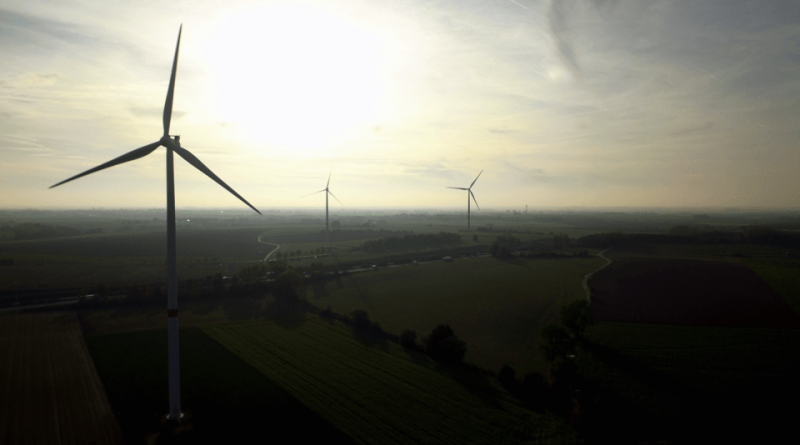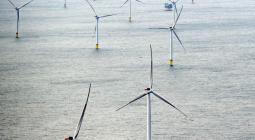Belgium’s total electricity share from renewable energy reaches new highs.

For the first time since 2010, Belgium exported more electricity than it imported, it emerged from figures produced by high voltage network operator Elia that states the situation is the “reverse of what it was in 2018.”
2018 was in fact marked by a significant level of electricity imports representing 20% of the electricity consumed in Belgium.
“So we are going from being a net total importer in 2018 (17.5 TWh imported/20% of the electric mix) to being a net total exporter in 2019 (1.8 TWh exported/2.1% of the mix),” Elia stipulates.
Before 2019, it is necessary to go back nearly 10 years to find a year in which Belgium exported more electricity than it imported. The last times this situation came about were in 2009 and 2010 with total net exports representing respectively 2.8% and 0.2% of the Belgian electric mix.
The level of exports reached in 2019 is explained by the adequate availability of the electricity generation park in Belgium, notably including the nuclear power stations. The development of interconnectedness with neighbouring countries also plays a role in the flow of electricity.
In addition, 2019 again confirmed the growing importance of renewable energy, particularly wind power. Renewable energy production (exclusively offshore/onshore windmills and solar power) rose 17% in absolute terms in comparison with 2018 (11.52 TWh in 2019 against 9.82 TWh in 2018).
December 2019 saw the breaking of a new record with 16% of the monthly electricity being generated through renewable energy.
“This level of production, 1.17 TWh in terms of absolute value, had never before been achieved in Belgium. Offshore and onshore wind power production records were also broken in December 2019. 616 GWh were produced using offshore windmills, the previous record of 517 GWh being set in October 2019. 499 GWh were produced using onshore wind power (previous record: 460 GWh in March 2019),” Elia stated.
8 January 2020
The Brussels Times




